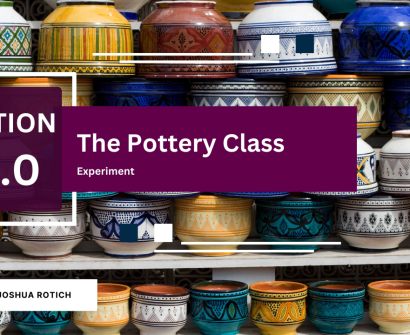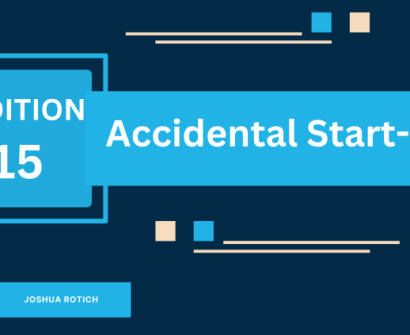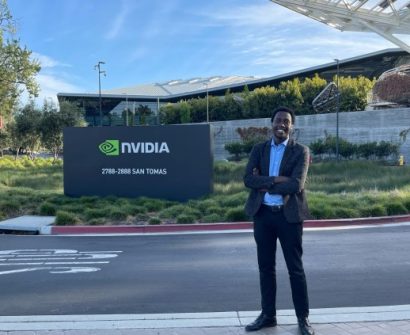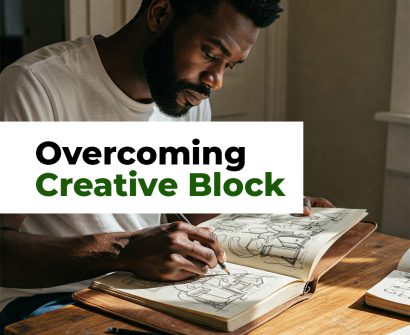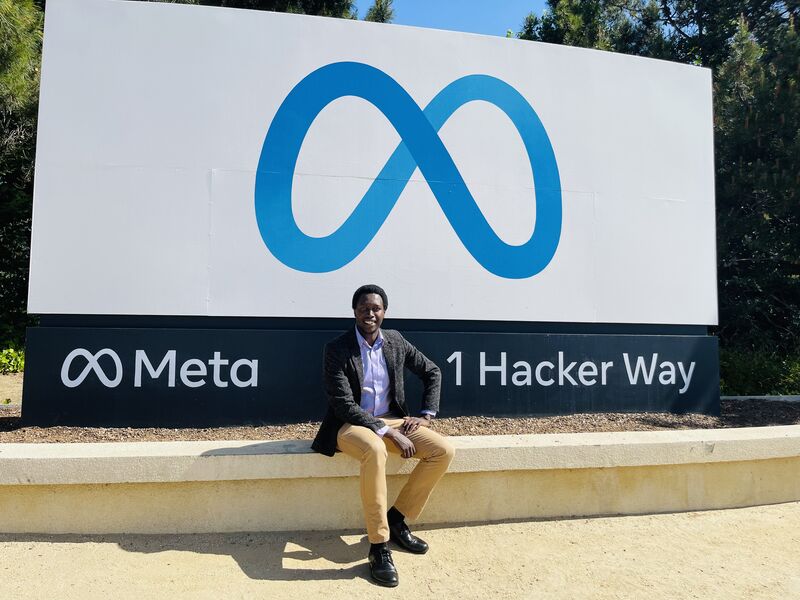
If you’re building a platform or marketplace and you don’t understand network effects, you’re not building — you’re guessing.
Why? Because… No matter how great your product is… If no one else is using it, it’s not valuable.
But when people start using it?
Every new user makes it more useful.
Every new interaction adds value.
And very quickly, the flywheel spins.
That’s the network effect.
You see, if I’m the only one with a phone, it’s boring.
But if all my friends get phones too?
Now we can call, text, share — and that’s fun!
The more people join, the better it gets.
The idea isn’t new.
In 1908, Theodore Vail (then-president of AT&T) said the value of a phone line goes up as more people are connected.
In 1974, economist Jeffrey Rohlfs wrote a paper showing that network value grows as user numbers grow.
Then came Metcalfe’s Law in the 1980s — a simple formula:
Value of a network = number of users squared
It became the math behind social media, rideshare apps, even email.
Andrew Chen calls the early stage the “Cold Start Problem.”
It’s the hardest part — getting the first people to show up.
Because network effects don’t work at zero.
So you start small. A niche. A core group.
Then build outward.
He explains how Tinder won college campuses one at a time.
How Slack started with just one internal team.
And how Uber launched in just San Francisco, one driver at a time.
Ben Thompson goes deeper.
He explains why the aggregators (Google, Facebook, Amazon) became unstoppable.
They used network effects plus user data and platform control.
The result? Winner takes all.
Chris Dixon says:
“Come for the tool, stay for the network.”
Dropbox was first a storage tool.
But the magic came when teams started sharing and collaborating.
The network became the moat.
James Currier of NFX breaks it down further.
There are 13 types of network effects.
Will let you go research out this😄.
WissenWelle isn’t just building an education marketplace.
It’s building an education network.
More creators → more courses → more learners.
More learners → more feedback → better content.
Better content → more success stories → more creators.
Every user adds value to every other user.
Every success fuels the next.
And soon, the product starts growing itself.
We’re not chasing hype.
We’re compounding value.
That’s the network effect in motion.



